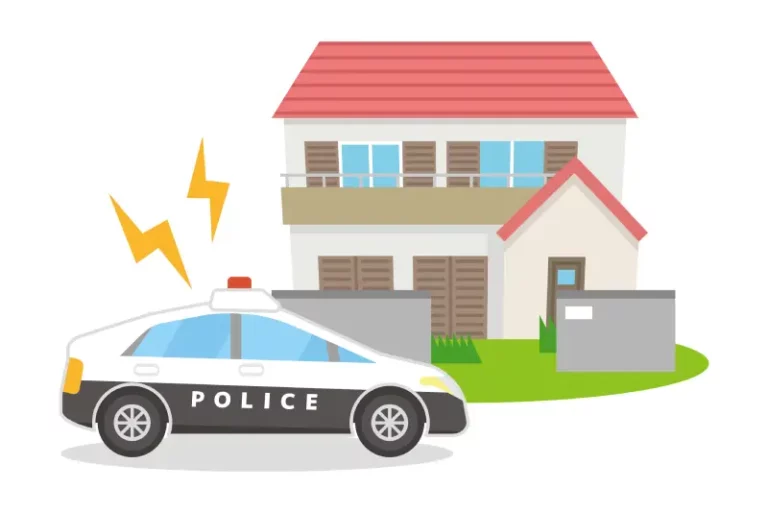
Too often consumers satisfy their security needs as inexpensively as possible, which only does them harm in the long run.
When you localize your valuables in a safe you want to be sure that you are not setting yourself up for disappointment when a burglar takes your lightweight metal box or small fire box purchased online or from a big box outlet store.
I tell customers that a safe is like a parachute – the first time it does not work, you have had a pretty bad day.
Points To Consider:
What is the primary purpose of your safe? Burglary, Fire, or both? Make sure that you match your needs with the correct construction, and the safes have labels (U.L. Burglary and Fire Rating) to meet those requirements.
Cutting corners on security is a guarantee for an unhappy ending when it comes to buying a safe. In most cases, a safe is a lifetime purchase, one that might easily last for 20-30 years.
**The more worth an item value is, the more secure the safe should be. Simply put, more steel costs, but more steel makes a more secure safe.
Understand the size that you need. Make sure you leave enough room for growth. Home use as well as office use tends to increase over time. Leave room for expansion of your safe needs.
** Determine what you are putting in it now, then buy BIGGER.
Where will the safe go? A safe has no value if you don’t use it. Make sure that you have good access and the safe is convenient to use
**The space available often guides what your safe options are.

A goal of our business is to help customers consider the importance of a security mindset toward property protection as part of the safe buying process.
What we suggest you consider is the need to develop a plan for property protection.
A well-built safe is one of many important components of a security plan.
